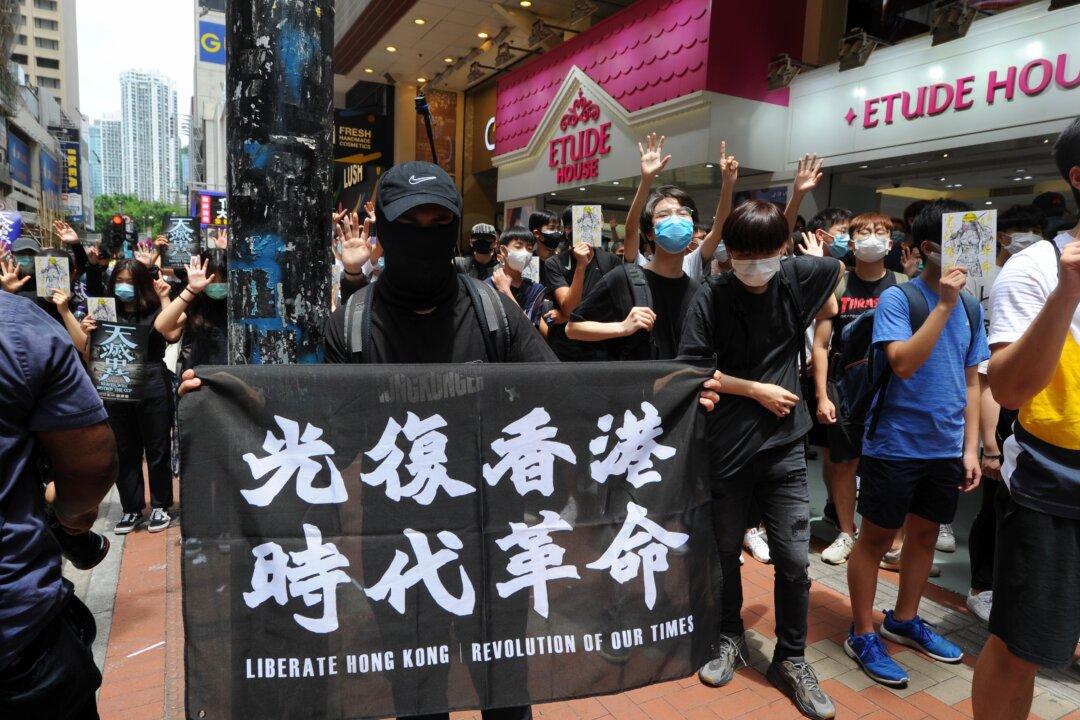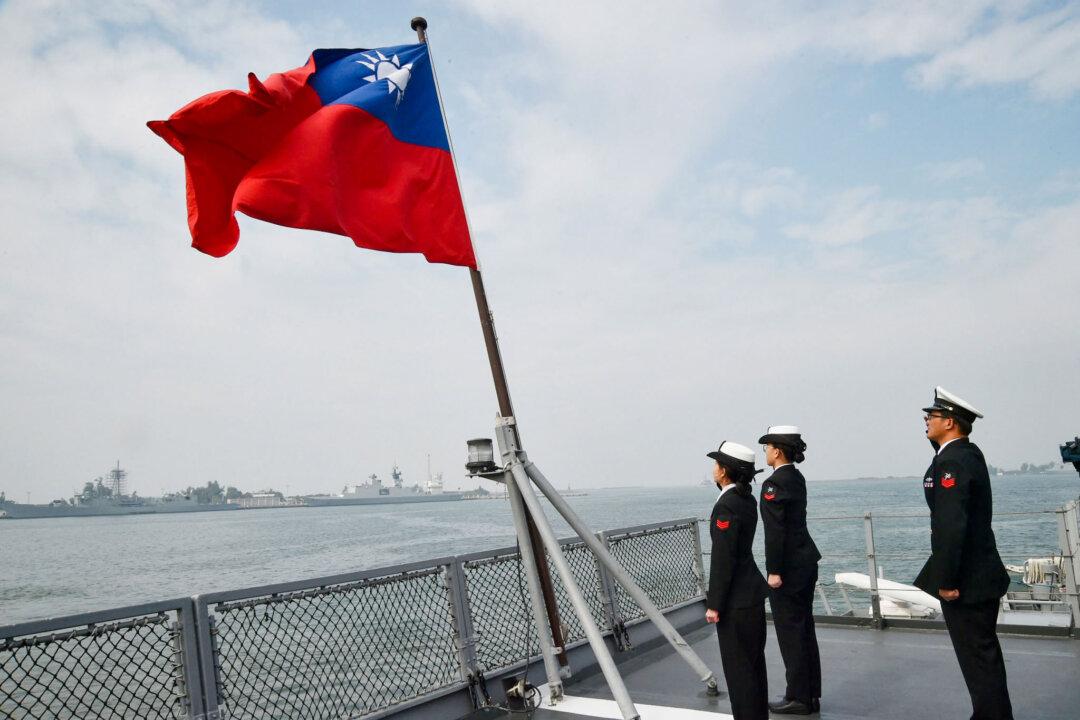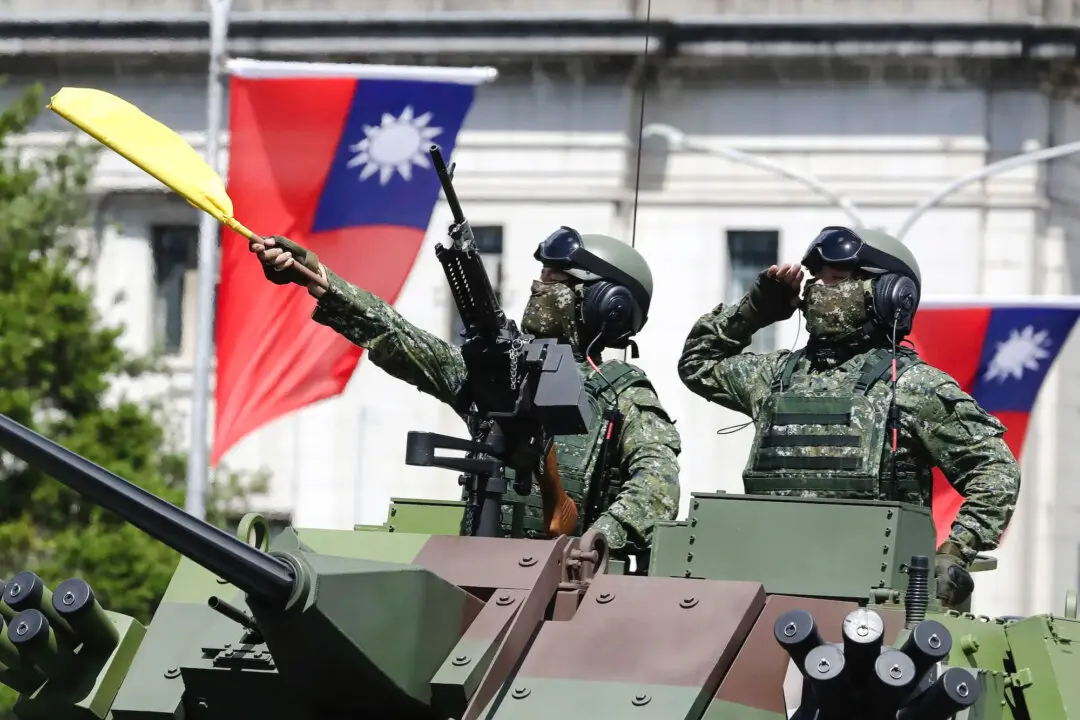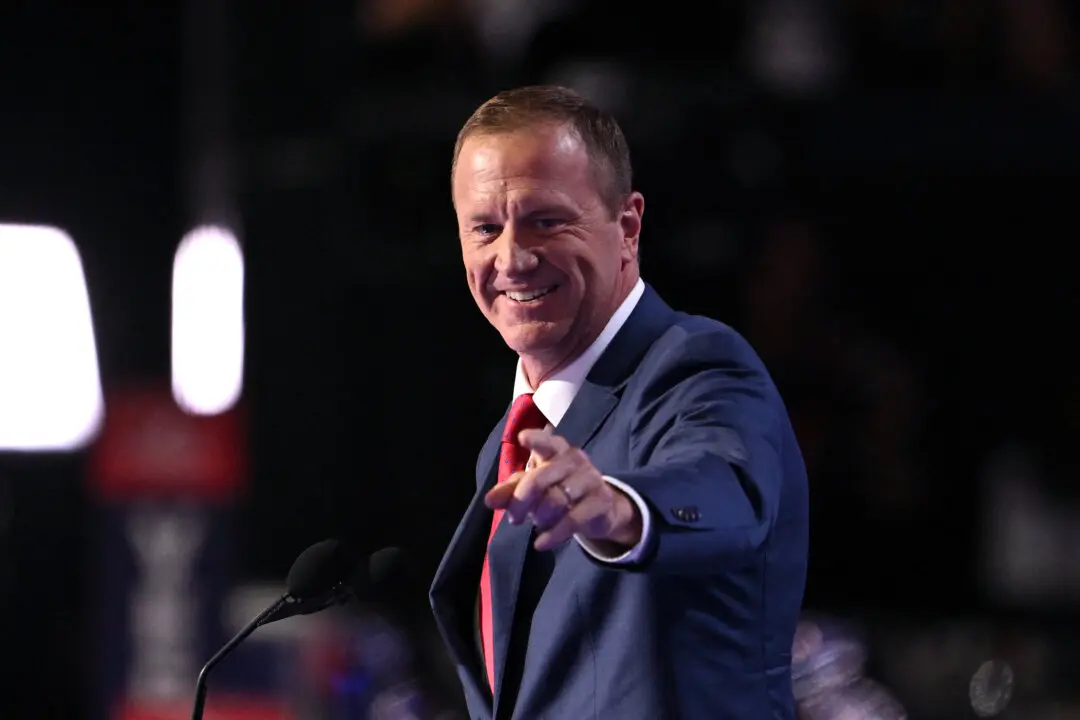A possible clash between Hong Kong protesters and local police is in the offing as the city’s government pushes ahead with legislative debates on a controversial national anthem bill.
Hong Kong’s legislature, the Legislative Council (LegCo), will convene at 11 a.m. local time on May 27 for a second reading of the national anthem bill, according to a press release, which stipulates that anyone in Hong Kong found guilty of actions such as “singing the [Chinese] national anthem in a distorted or disrespectful way” could face fines of up to HK$50,000 ($6,440) and three years in prison.





